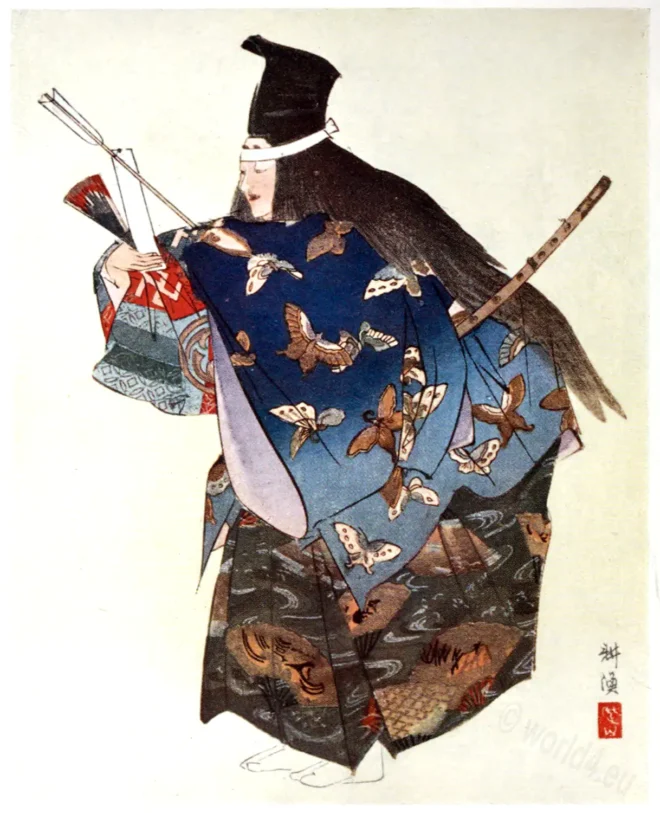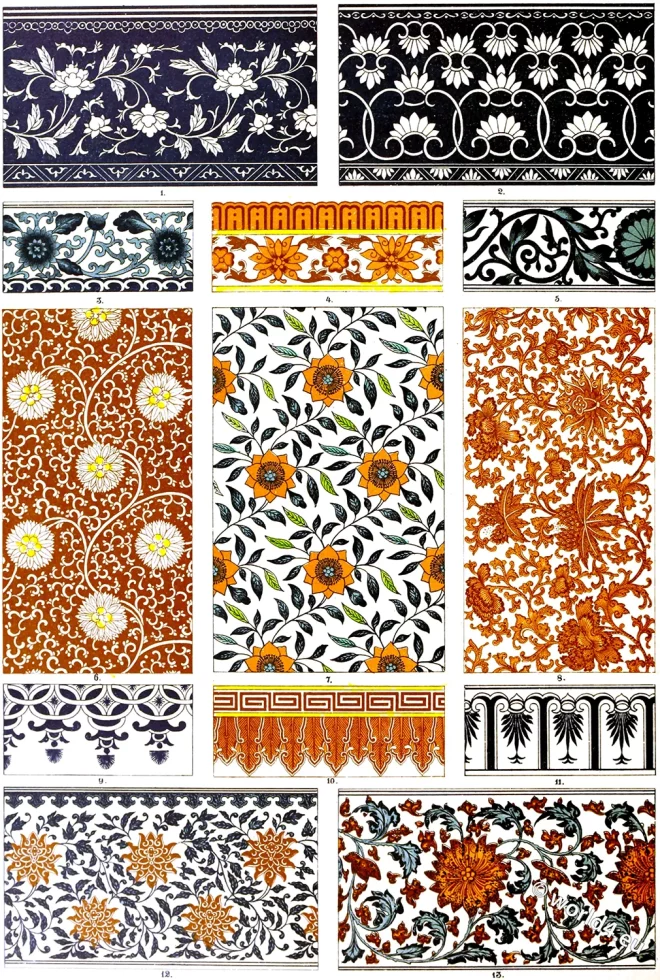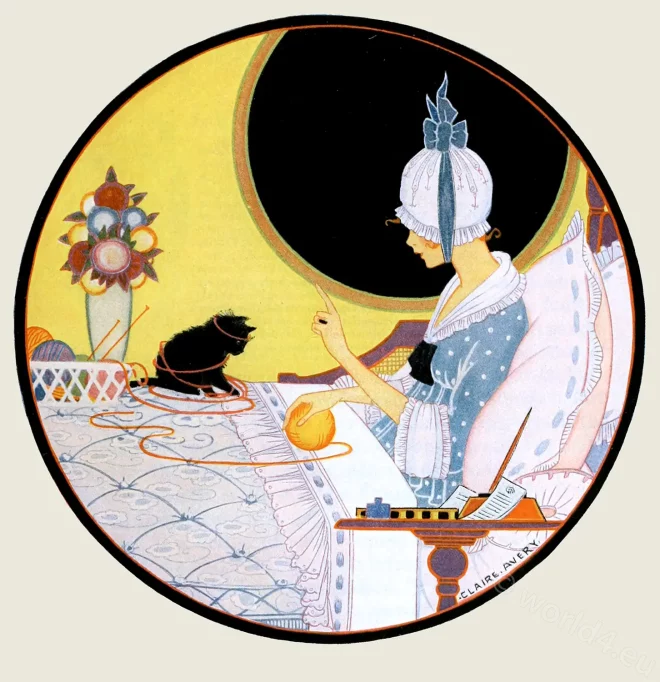THE personal Napoleon, the Napoleon of private and social life, loved the world’s finer things.
Category: 10s
Fashion and Costumes in 1910th. Art deco period clothing
An actor of the Noh in full costume. Kagekiyo. Japan.
Kagekiyo. This plate illustrates well the voluminous nature of the medieval ceremonial garments.
Ornamentation in Chinese porcelain painting.
Ornamental treasures. Chinese. Painting, by H. Dolmetsch.
Chivalry and Its Results by Harriet Bowker Bradbury
Chivalry and Its Results. Chapter IX. Civilisation and Womanhood by Harriet Bowker Bradbury
Beginnings of Central Park in New York City.
The condition of the site before park operations were commenced seems incredible to us of the present day.
A Ball at the Winter Palace in Saint Petersburg.
The Winter Palace is the former main residence of the Russian Tsars in Saint Petersburg.
Sanssouci and Other Prussian Palaces by W. Howitt
Sanssouci Palace at Potsdam was the summer residence of Prussian kings and German emperors.
Ralph Barton. Sketch for a catalogue cover, c. 1918.
Caricature of Flappers Wearing Furs. The work of American designers 1918.
Walter D. Teague. Advertising for men’s fashion 1917.
Men’s Styles Spring 1917. Advertising for men’s fashion by Walter D. Teague (1883-1960).
Claire Avery. Vogue Cover 1917.
Claire Avery. Vogue. Lingerie Number. Cover January 1 1917










